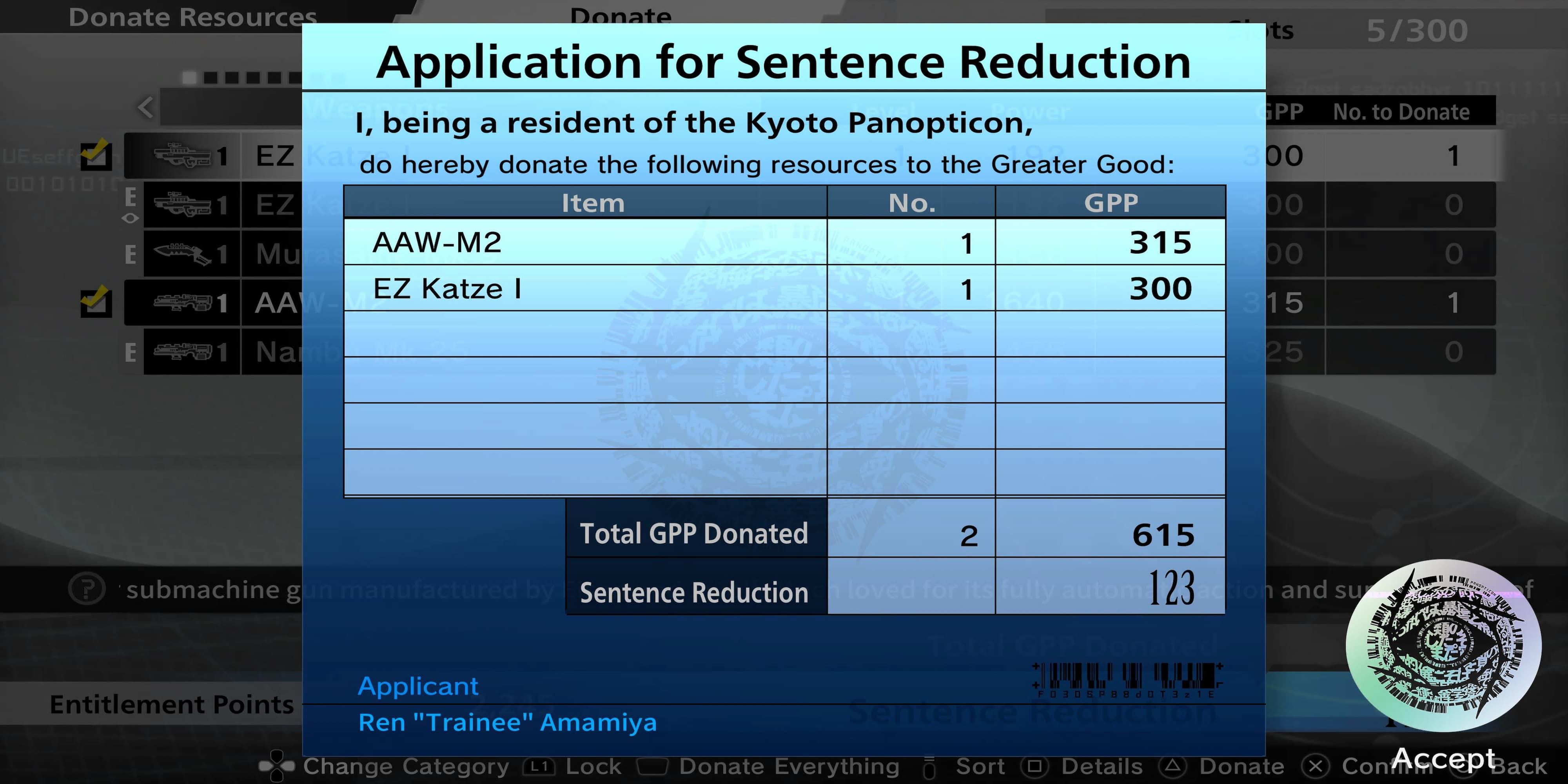
Five Nights At Freddys: Into The Pit And Help Wanted 2 Are Getting Physical Editions Later This Year
www.gamespot.com
Five Nights at Freddys has become wildly popular in recent years, earning itself a movie adaptation in 2023 and boasting a catalog filled with over a dozen horror games. Later this year, two of its most recent games, Into the Pit and Help Wanted 2, are getting physical editions after previously only launching in digital formats (or making physical formats only available on select platforms). Both titles earned positive reviews, and if youre a fan of the series, theyre an easy recommendation. Best of all, Into the Pit comes with a nice bonus when you purchase the physical edition.Into the Pits physical edition is expected to arrive on June 20, while Help Wanted 2 will get physical editions for Switch and Xbox Series X around March 31 (though that date is likely to change). Preorders are now open ahead of their release, so consider reservering a copy if you plan on playing them later this year. Five Nights at Freddys: Into the Pit $30 | Releases June 20 The physical edition of Into the Pit will eventually launch for PS5, Xbox, and PS4, though only the Switch version is currently available to preorder. Into the Pit is a big departure for the series, featuring 2D side-scrolling gameplay that sees you solving various puzzles as you attempt to save your friends and family from a mysterious horror. As a bonus, the physical edition includes a download code for the games official soundtrack.If you want to dive deeper into the games lore, check out Fazbear Frights 4-Book Box Set. The first book in the collection is titled Into the Pit, and it's a great companion to the game. Since the box set is now just $22 (was $40), its the ideal time to check it out. Want even more frights? The Five Nights at Freddys 12-Book Box Set is $83 (was $150). Preorder at Amazon Five Nights at Freddys: Help Wanted 2 $40 | Releases March 31 A physical version of Help Wanted 2 is already available for PS5, but its coming to Switch and Xbox Series X later this year. Youll play as a new Fazbear employee as you try to prove to management that you have what it takes to handle all aspects of the job. The March 31 date listed on Amazon is likely a placeholder, so expect to learn more about a release date in the coming weeks.Preorders are open for Switch and Xbox, and the PS5 version is currently discounted to just $32 (was $40). You could also check out Security Breach on PS5, as its physical edition is also on sale for $33 (was $40). This survival horror game places you in the shoes of a boy trapped overnight in Freddy Fazbears Mega Pizzaplex, and youll need to overcome numerous horrors to escape at dawn. Preorder at Amazon (Switch) Preorder at Amazon (Xbox) Preorder at Best Buy More Gaming, Tech, and Entertainment Deals & Preorders Grab 3 Movies On 4K Blu-Ray For Only $33 At Amazon While You Can Final Fantasy 7 Remake Physical Edition Gets PS5 Reprint - Snag It While You Can The 2,500-Piece Legend Of Zelda Lego Set Is Now Available At Amazon + Show More More Gaming, Tech, and Entertainment Deals & Preorders Links (5) Mario Kart Lego Sets Are Available Now - Check Out All Six In The Launch Lineup Fortnite Lego Sets Launch At Major Retailers, Including Amazon And Walmart Backbone One iPhone And Android Controller Is 50% Off The Lord Of The Rings: The War Of The Rohirrim 4K Blu-Ray Steelbook Up For Preorder At Amazon Metaphor: ReFantazio Is Getting A Nearly 600-Page Official Strategy Guide
0 Commentaires
·0 Parts
·105 Vue











